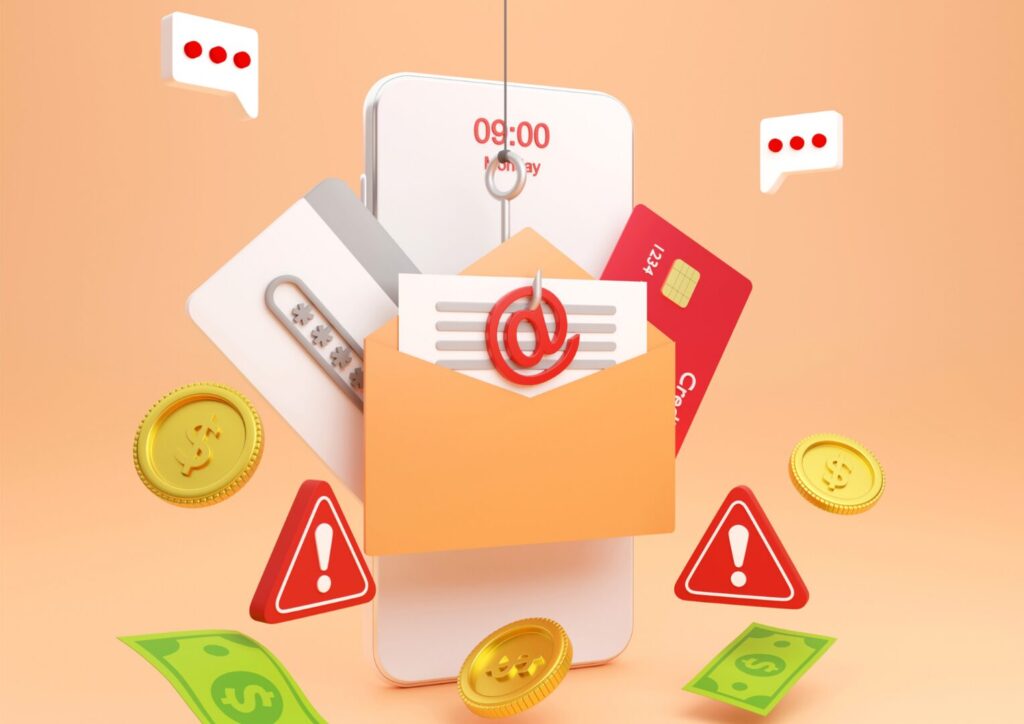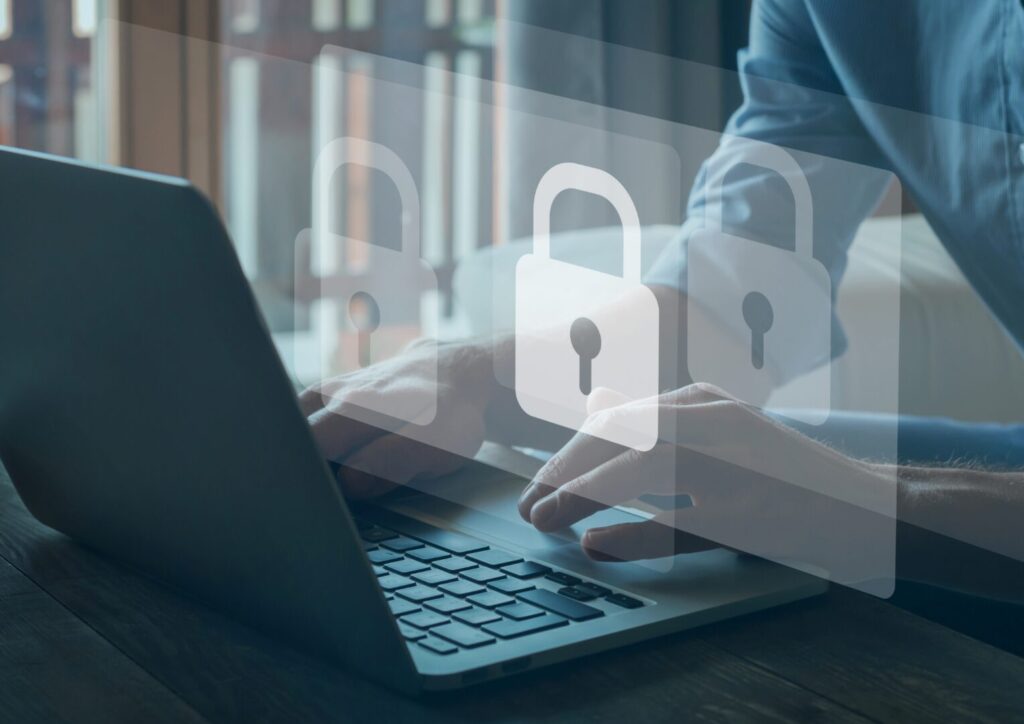
Imagine receiving an urgent email from your bank warning of suspicious activity. The email looks official, and the link provided seems legitimate – but it’s a trap. Welcome to the world of phishing, a cybercrime responsible for countless cases of identity theft every year. In this article, we’ll break down what phishing is, how it works, and most importantly, how you can protect yourself.
What Exactly Is Phishing?
Phishing is a fraudulent activity in which cybercriminals impersonate trusted organizations to trick individuals into disclosing sensitive information such as usernames, passwords, or financial details. These attacks are typically carried out through email, messaging apps, or fake websites that closely mimic legitimate ones.
Phishing relies on social engineering – manipulating human behavior to create a sense of urgency or trust. For example:
- A victim receives an email from what appears to be their bank, urging them to verify account details to prevent suspension.
- A text message claims the victim has won a prize, prompting them to click on a link and input personal information.
The end goal? To gain access to sensitive data that can be exploited for financial gain, identity theft, or other malicious activities.

How Does Phishing Work?
Phishing attacks generally follow a relatively straightforward process:
- The Setup: The attacker sends a fraudulent message, often disguised as legitimate communication from a trusted source like a bank, online service, or employer.
- The Deception: The victim is directed to a fake website or prompted to download malicious software.
- The Collection: The fake website gathers sensitive information, such as login credentials, credit card numbers, or personal identification.
- The Exploitation: The attacker uses the stolen information for financial gain, identity theft, or to sell on the dark web for further criminal use.
Common Types of Phishing
Phishing can take many forms, targeting victims in different ways:
- Email Phishing: The most common type, where attackers send mass emails designed to look like legitimate communications. These emails often urge victims to act quickly to avoid penalties or seize limited-time offers.
- Spear Phishing: A more targeted form of phishing that personalizes messages to individuals or organizations, making them harder to detect.
- Smishing and Vishing: Smishing involves phishing via SMS or messaging apps, while vishing is conducted over the phone. In both cases, attackers impersonate trusted entities to extract information.
- Clone Phishing: Attackers replicate a legitimate email, replacing links or attachments with malicious ones.

How Phishing Leads to Identity Theft
Phishing serves as a direct gateway to identity theft by providing cybercriminals with the personal and financial information they need to impersonate their victims. Once attackers have this data, they can:
- Hijack Existing Accounts: Gaining access to bank accounts, email, or social media can lead to unauthorized transactions, spam distribution, or account lockouts.
- Open New Accounts: Using stolen information, attackers may apply for credit cards, take out loans, or engage in other fraudulent activities, leaving victims burdened with debt.
- Sell Data on the Dark Web: Personal information obtained through phishing is often sold to other criminals, amplifying the risk of further identity theft.
Real-Life Example:
A student receives an email that looks like it’s from their school administration, requesting login credentials. By providing this information, the student unknowingly grants access to their accounts, which can be used for malicious purposes. Similarly, a social media user clicks on a fake link sent from a friend’s hacked account, inviting them to a game or prize. Upon following the link, they unknowingly expose their personal data to criminals, potentially leading to identity theft. In these ways, phishing is a key enabler of identity fraud and has a direct impact on victims’ lives.

Protecting Yourself From Phishing and Identity Theft
Preventing phishing is essential for safeguarding personal information. Here are some practical strategies to reduce your risk:
- Verify the Source of Communications: Always double-check the sender’s email address or phone number, especially if the message requests sensitive information. Legitimate organizations rarely ask for personal details via email or text.
- Avoid Clicking Suspicious Links: Instead of clicking links in emails, manually enter the website URL into your browser or use an official app to log in.
- Enable Two-Factor Authentication (2FA): Adding an extra layer of security to your accounts makes it harder for attackers to gain access, even if your login credentials are compromised.
- Stay Informed: Keep up with the latest phishing tactics and educate yourself about common scams. Awareness is your best defense.
- Use Anti-Phishing Tools: Many email services and web browsers offer built-in tools to detect and block malicious links or emails.
- Report Suspicious Activity: If you encounter phishing attempts, report them to your email provider, financial institution, or local authorities.
Conclusion: Vigilance is Key
Phishing remains one of the most effective techniques used by cybercriminals to commit identity theft. Its impact can be devastating, but the good news is that with the right knowledge and precautions, you can significantly reduce your risk.
Stay vigilant. Be cautious of unsolicited messages. Verify sources before sharing any sensitive information. By taking proactive steps, you can protect yourself and your loved ones from becoming victims of this increasingly sophisticated threat.
Cybersecurity starts with you – so take action today!
